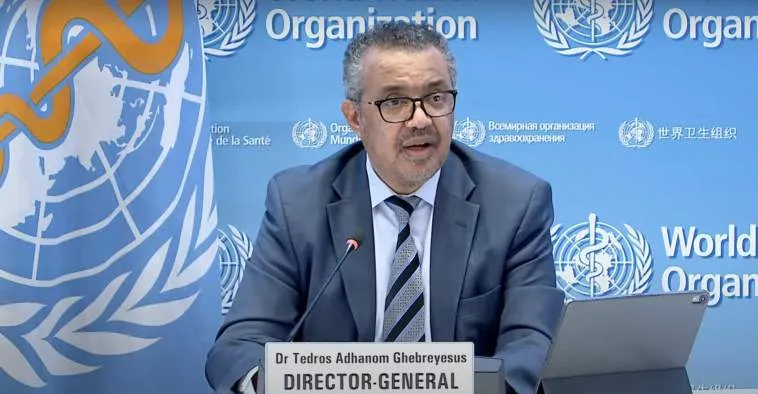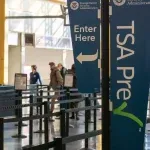From ChildrensHealthDefense.org…
It was March 28, 2020, when the WHO — the supposed global authority on infectious disease — tweeted, “FACT: #COVID19 is NOT airborne.”
The statement included a “fact check” box, authoritatively stating that information circulating on social media that COVID-19 is airborne was “incorrect” and “misinformation.”
“The virus that causes COVID-19 is mainly transmitted through droplets generated when an infected person coughs, sneezes, or speaks,” the WHO wrote. “These droplets are too heavy to hang in the air. They quickly fall on floors or surfaces.”
Their advice to best protect yourself at the time — again, this is coming from what is supposed to be the world leader on health — was to keep a 1-meter (3.2-feet) distance from others, disinfect surfaces, wash your hands and avoid touching your eyes, mouth and nose.
There was no hint that, perhaps, the science wasn’t actually settled on how SARS-CoV-2 is transmitted. No mention that the virus might be aerosolized and capable of traveling long distances through the air.
Nothing about the importance of proper ventilation and air filters. But then, nearly two years after the pandemic began, the WHO quietly changed its tune on Dec. 23, 2021.
WHO finally admits SARS-CoV-2 is airborne
In a monumental move that should have made front-page news, the WHO finally acknowledged that SARS-CoV-2 is airborne.
Their “Coronavirus disease (COVID-19): How is it transmitted?” webpage, updated Dec. 23, 2021, now states:
“The virus can spread from an infected person’s mouth or nose in small liquid particles when they cough, sneeze, speak, sing or breathe. Another person can then contract the virus when infectious particles that pass through the air are inhaled at short range (this is often called short-range aerosol or short-range airborne transmission) or if infectious particles come into direct contact with the eyes, nose or mouth (droplet transmission).
“The virus can also spread in poorly ventilated and/or crowded indoor settings, where people tend to spend longer periods of time. This is because aerosols can remain suspended in the air or travel farther than conversational distance (this is often called long-range aerosol or long-range airborne transmission).”
“It was a relief to see them finally use the word ‘airborne,’ and to say clearly that airborne transmission and aerosol transmission are synonyms,” aerosol chemist Jose-Luis Jimenez at the University of Colorado Boulder told Nature.
Still, how is it possible that the WHO took years to update this pertinent piece of information, which has massive implications for public health, when scientists knew of SARS-CoV-2’s airborne potential from the beginning?






